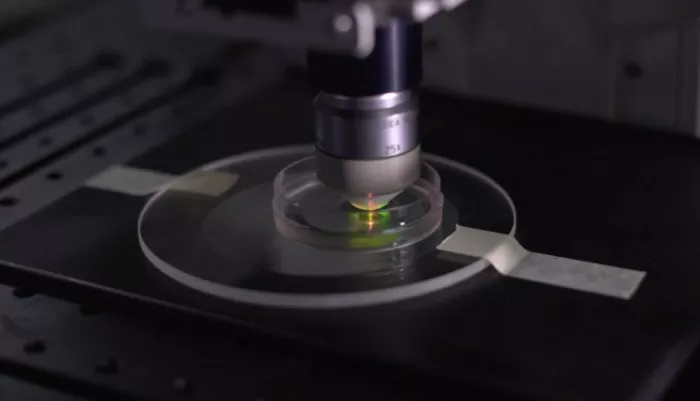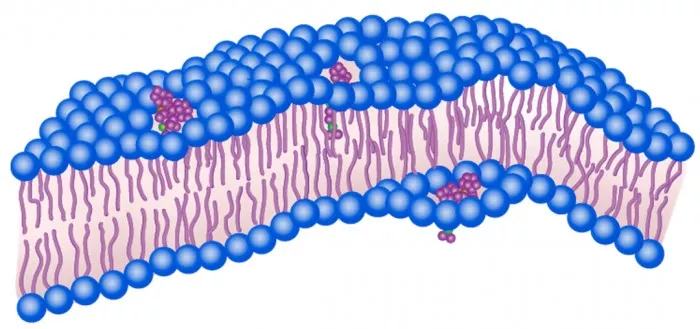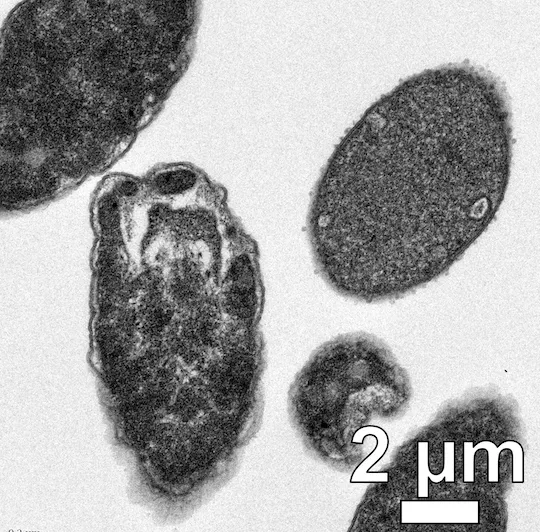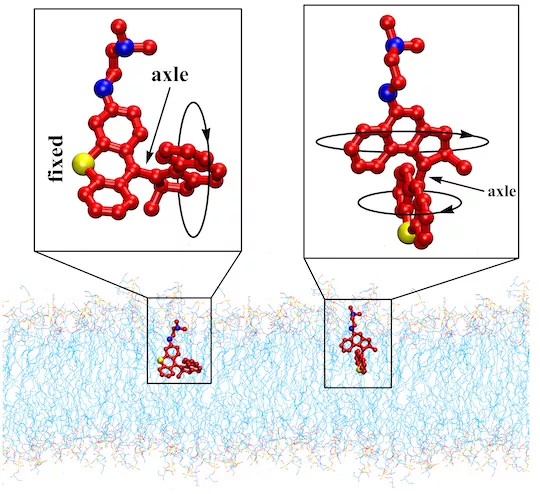According to the latest issue of progress in science, Rice University in the United States has developed a nanoscale "drill bit" activated by visible light rather than ultraviolet (UV). Through the test of real infection, it is proved that these molecular machines can effectively kill bacteria. Rice University chemist jamestour's team successfully tested six kinds of molecular machines, all of which punched holes in the cell membranes of gram-negative and Gram-positive bacteria in just two minutes.
For those bacteria that have no natural defense against mechanical invasion, they can not resist this "drill". This provides a new strategy for defeating bacteria that become resistant to standard antimicrobial therapy over time.

The new molecular machine takes energy from the blue light of 405 nm and rotates the rotor of the molecule at a speed of 2-3 million times per second. Tours pointed out that the light of this wavelength has mild antibacterial properties, and the addition of molecular machines will enhance its antibacterial properties. Bacterial infections such as burn patients and gangrene patients may become early benefit targets.
These molecular machines are further developed based on the research results of Nobel Prize winner Bernard ferringa. In 1999, ferringa developed the first molecule with a rotor and made the rotor rotate reliably in one direction.



Toure's team's first test of new molecular machines on a burn infection model confirmed that they can quickly kill bacteria, including methicillin-resistant Staphylococcus aureus. The team achieved visible light activation by adding nitrogen groups. The researchers also found that these machines effectively decompose biofilms and persistent cells, which can enter a dormant state to avoid antibiotics.
The new molecular machine has also restored the reputation of antibacterial drugs that are considered "ineffective". According to the researchers, drilling through the membrane of microorganisms can allow ineffective drugs to enter the cells, thus overcoming the bacterial resistance to antibiotics.
Researchers are now working to better target bacteria by connecting bacterial specific peptide tags to molecular drills to guide them to target pathogens, thereby minimizing damage to mammalian cells.